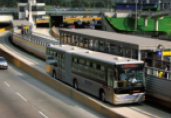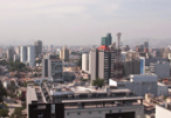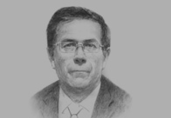Peru
Economic update | Revisión del año 2013 en Perú
Interviews & Viewpoints | Ismael Noya, Partner, Estudio Echecopar, a member firm of Baker & McKenzie International, on Peru’s evolving business environment from The Report: Peru 2014
In the early 1990s Peru changed its overall economic model, transitioning from a state-run, closed, over-regulated and nationalistic economy to an open, investment-friendly free market. From then on, the growth and development of the country started to depend more on private sector performance and less on what the state could or would do.
Articles & Analysis | Provincial prospects: Move towards industrial parks may spur decentralisation from The Report: Peru 2014
A topic receiving much attention of late, decentralisation of Peru’s production sector could soon be realised, benefitting the nearly two-thirds of the country’s population who reside outside of Lima. As limited space for growth in the capital is spawning initiatives from the public and private sectors, consolidating infrastructure via...
Articles & Analysis | Of MICE and plans: Private and public efforts aim to make Lima a centre for meetings from The Report: Peru 2014
More than 5000 people are expected to fill Lima’s prime hotels in October 2015 for the annual meetings of the World Bank and the IMF. Between ministers of finance and central bank governors from 188 member countries, attendees consist of elite tourists with strong buying power and are expected to give commerce and services a significant boost...


